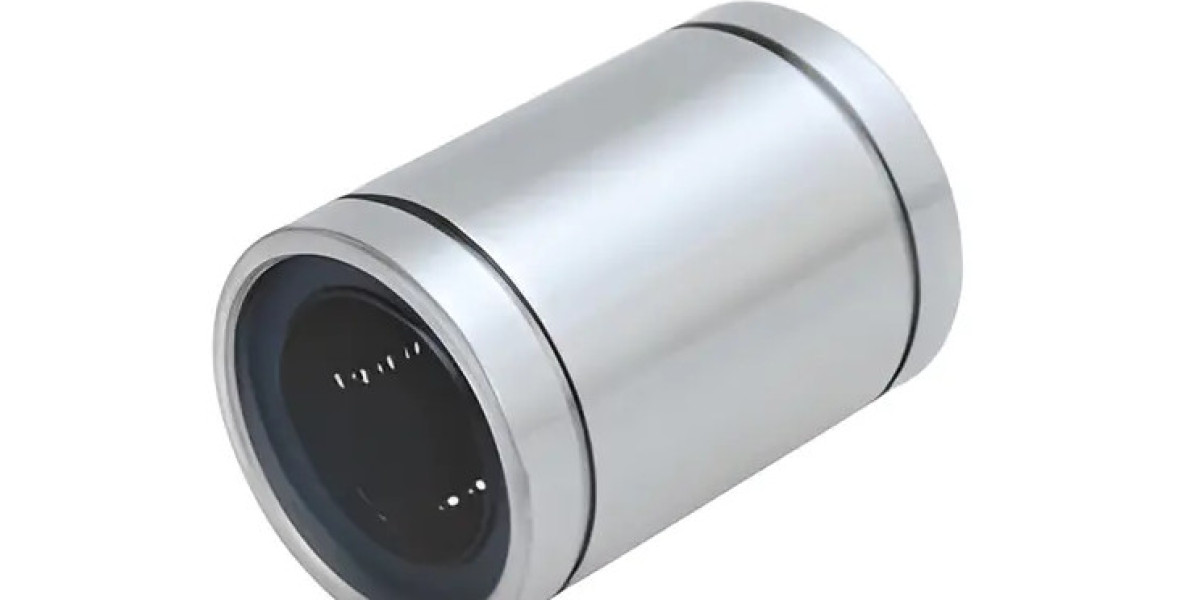A linear bearing serves as a crucial device that enables components to move smoothly along a straight line while minimizing friction. Its main function is to guide and support motion, ensuring that equipment can operate reliably and efficiently. By providing controlled linear movement, it helps engineers design machines that are both durable and precise.
The design of a linear bearing can vary depending on the intended purpose. Some are made with recirculating ball elements, which provide high efficiency and smooth rolling movement. Others are constructed with sliding surfaces, offering simple and robust solutions for certain environments. The selection depends on the load capacity, speed, and operating conditions required by the application.
In manufacturing, linear bearings are widely used in cutting machines, printing systems, and conveyor equipment. They allow these machines to maintain stable movement even when operating continuously. For example, in CNC machinery, linear bearings provide steady support for cutting heads or work tables, helping achieve accurate results without unnecessary friction.
Another area where linear bearings prove valuable is medical technology. Devices such as imaging equipment and laboratory automation systems rely on precise linear motion for accurate measurements and reliable performance. The use of linear bearings in these tools ensures that delicate tasks are carried out with minimal deviation.
Durability is one of the key reasons why linear bearings are widely adopted. With proper maintenance, they can sustain repeated motion over long periods. Lubrication systems and protective seals often enhance their resistance to wear, dust, and environmental factors. This allows them to function effectively even in demanding conditions.
The importance of linear bearings is not limited to large-scale industry. They are also found in smaller applications such as sliding doors, office equipment, and home appliances. Their role in ensuring reliable linear motion makes them a universal component across multiple fields.
As engineering challenges continue to grow, the demand for high-performance linear bearings is expected to increase. Their ability to combine simplicity with functionality ensures that they will remain an integral part of both current and future technological developments.







